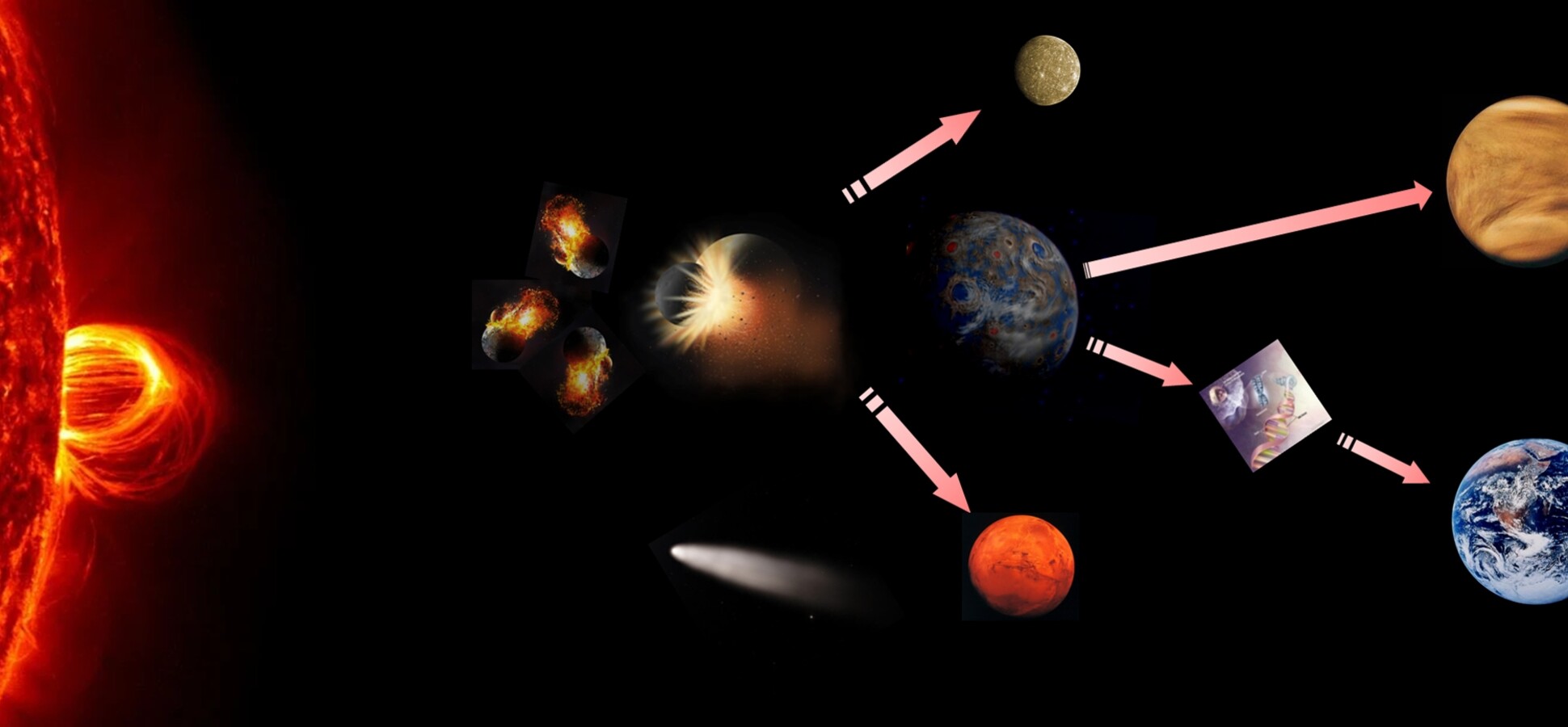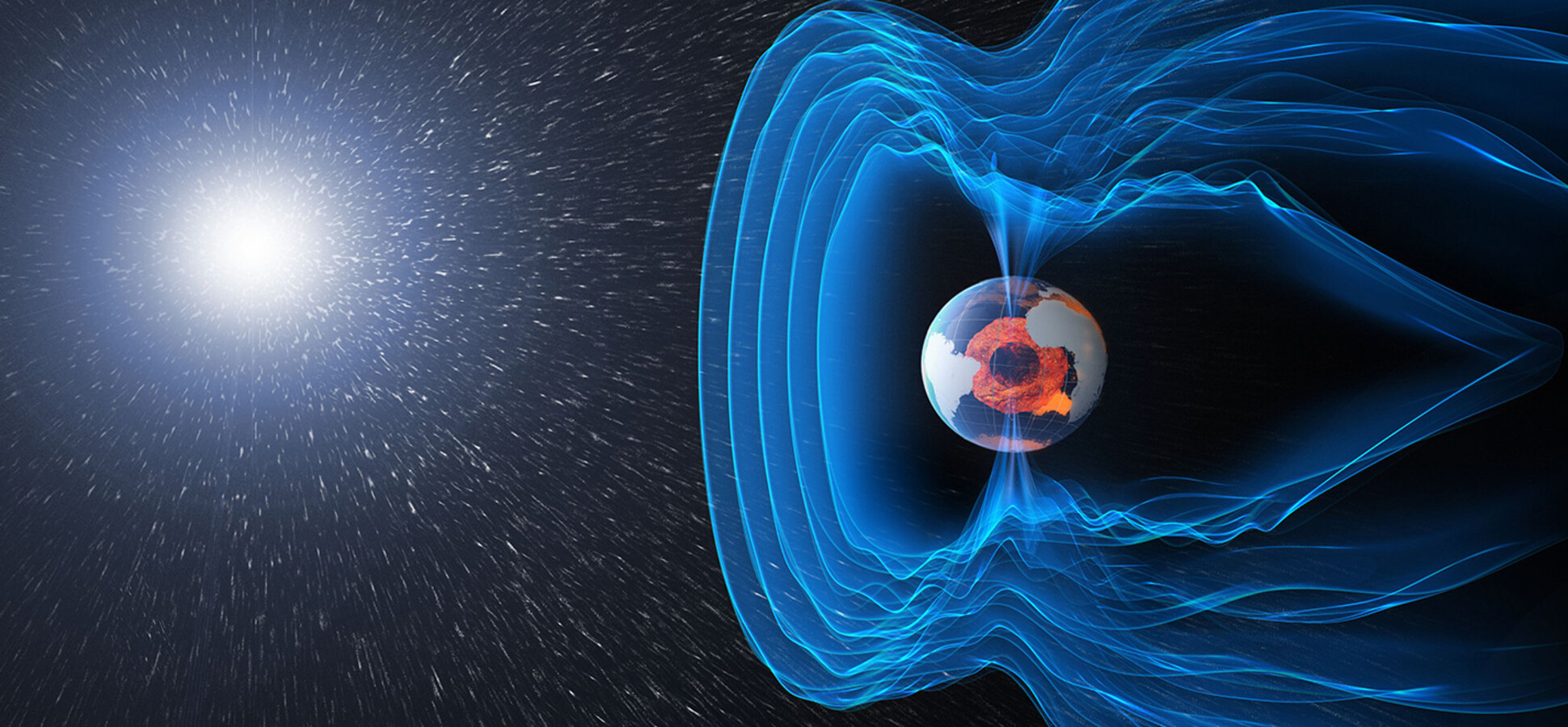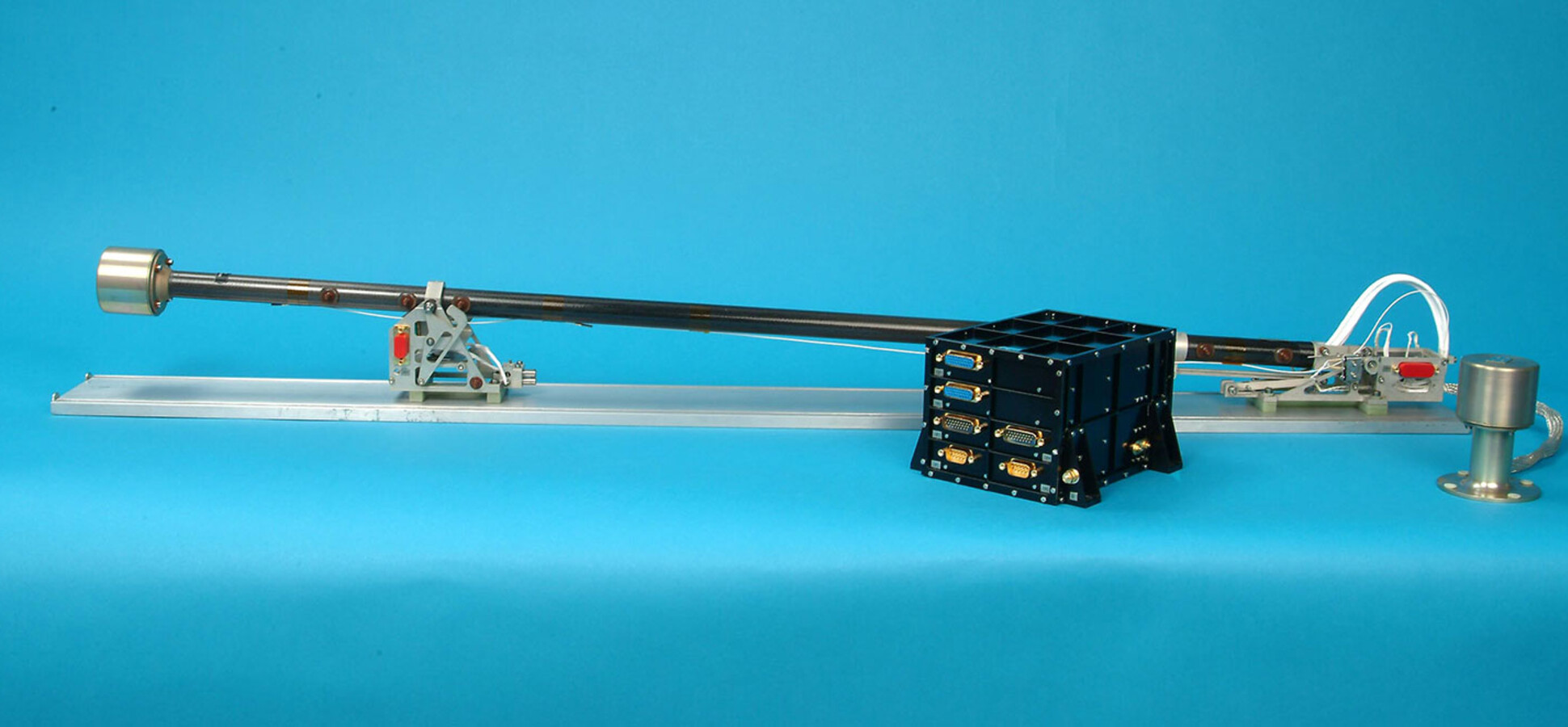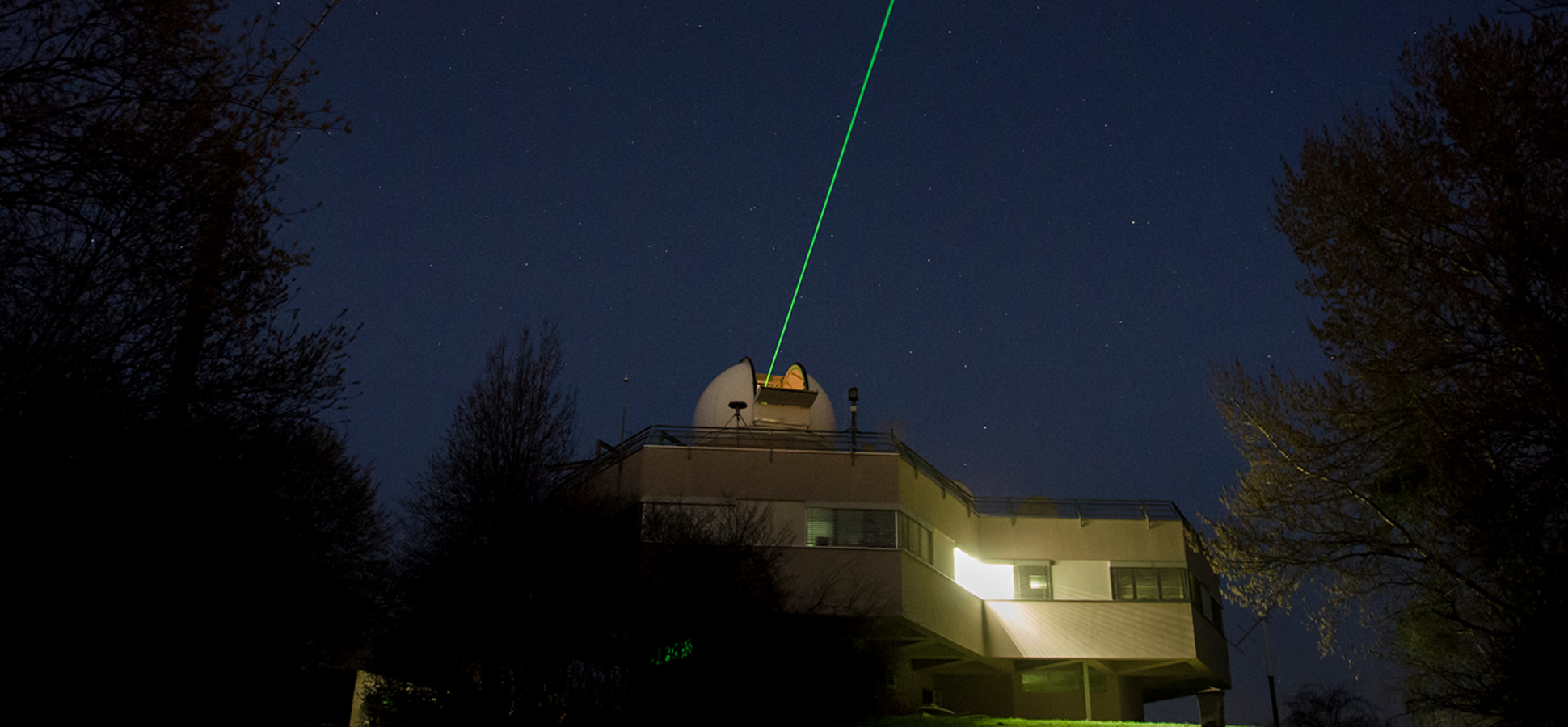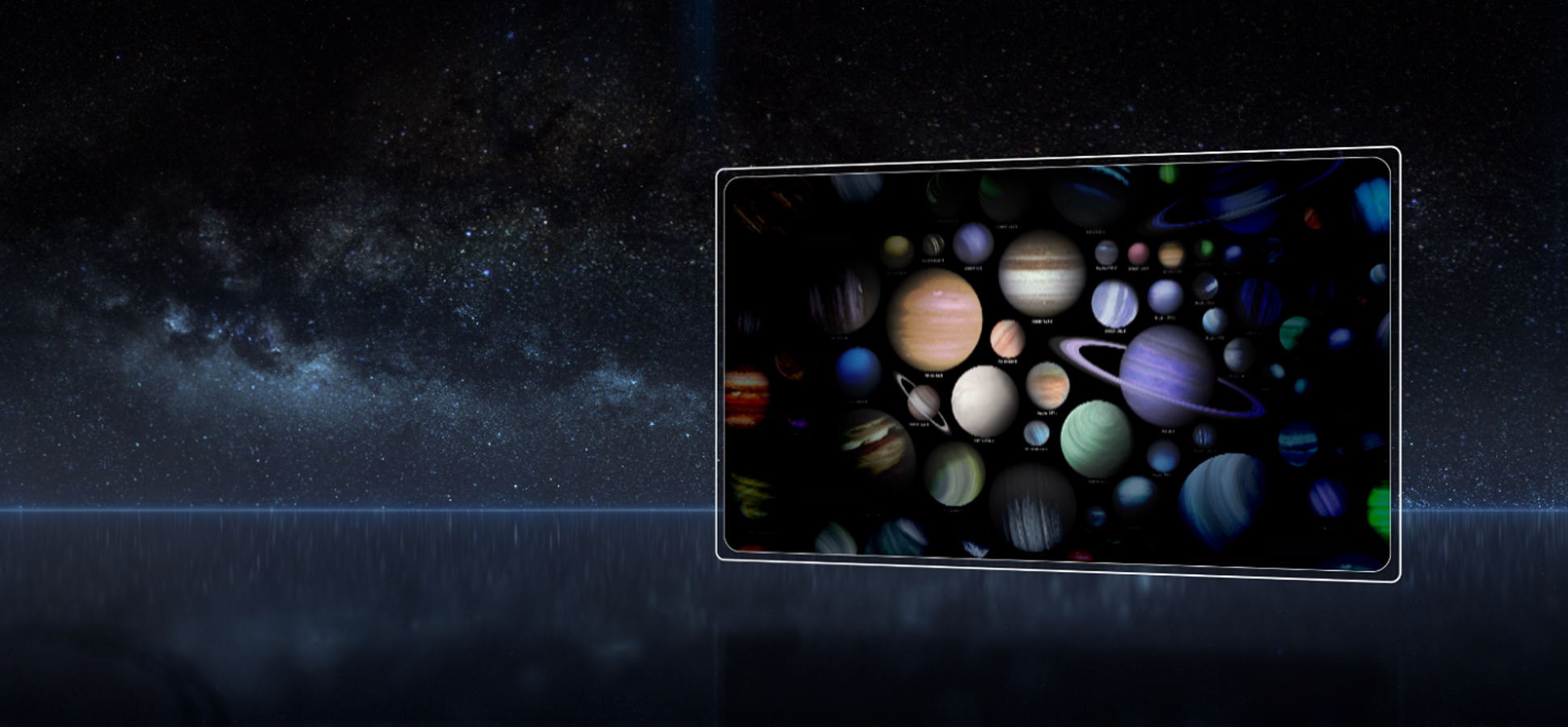
In the Media
APA SCIENCE
06/27/24
Keine Gefahr durch vorbeifliegende Asteroiden
WIENER ZEITUNG
06/20/24
Was eine uralte Galaxie über unsere Herkunft verrät
FUTUREZONE
06/18/24
Voyager 1: Was ist so interessant am interstellaren Raum?
DER STANDARD
06/01/24

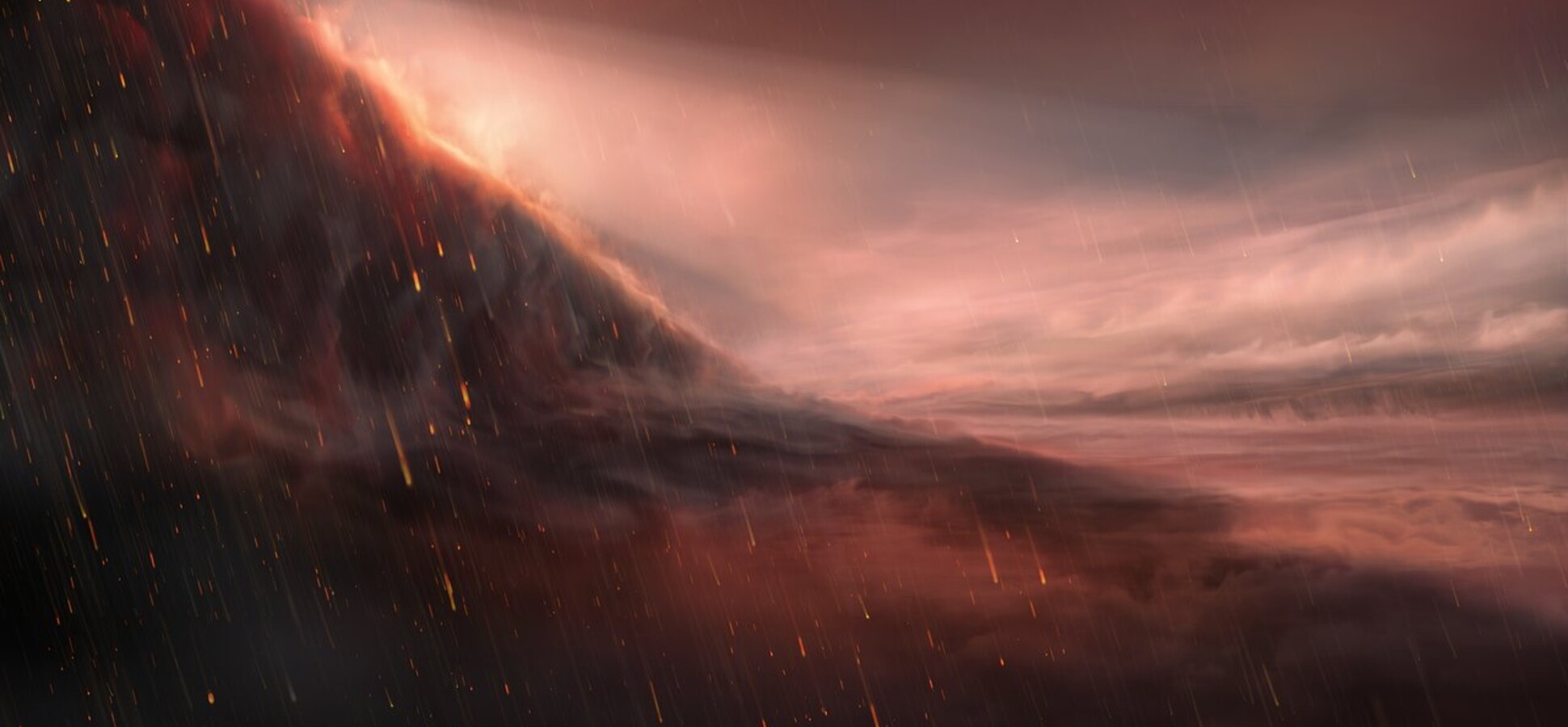
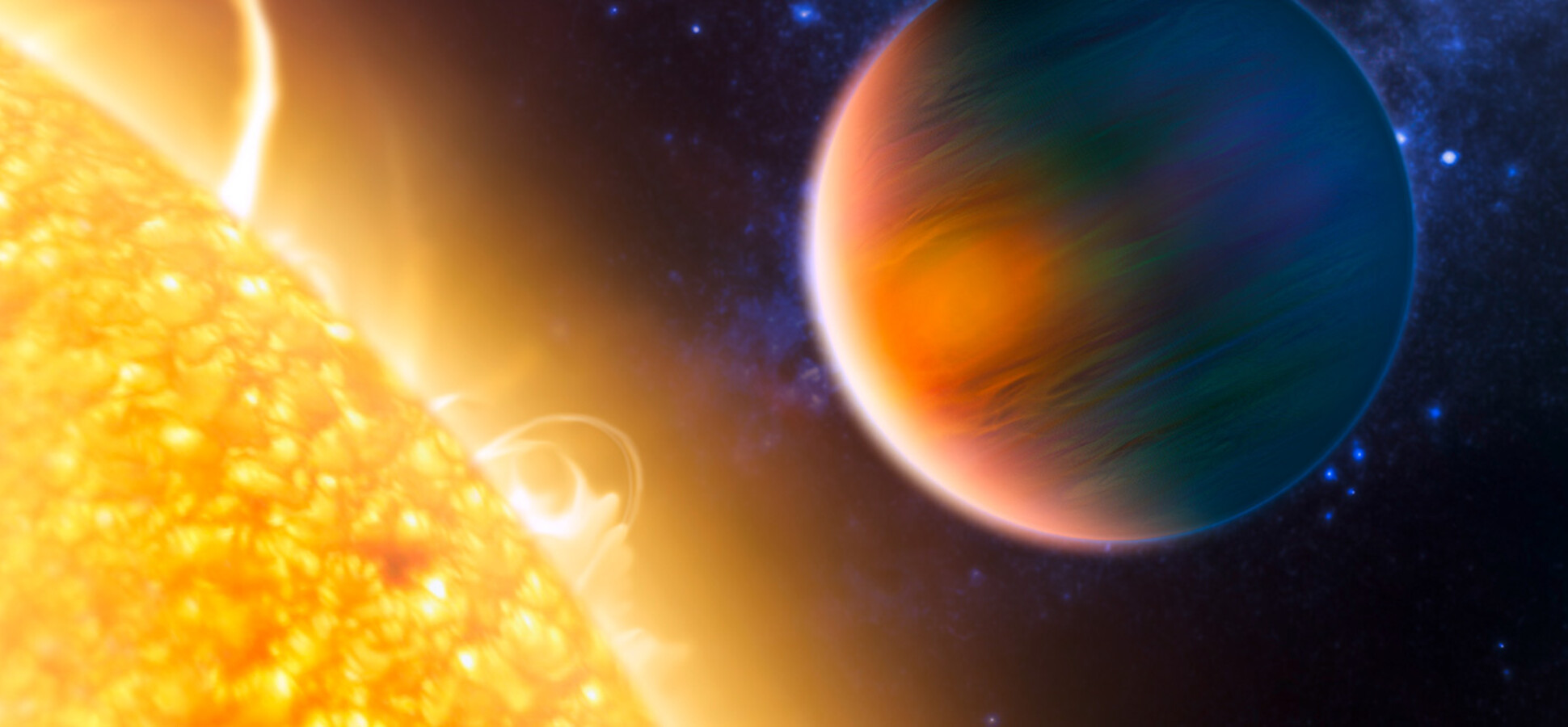
![[Translate to English:] [Translate to English:]](/fileadmin/_processed_/5/3/csm_Chemistry-of-a-Stars-Protoplanetary-Disc-Shapes-Planetary-Atmospheres_32ba66f3c9.jpg)
